Today, we’re going to tackle an important but often misunderstood concept: progression. Progression is the backbone of any well-structured training program, and without it, your workouts will eventually plateau. In this post, we’ll dive into the top 5 ways to progress in the weight room. While the first three may be familiar, the last two might surprise you!
(Quick side note: while this guide focuses on weight training, progression for endurance athletes varies slightly.)
Before we get started, let me introduce myself. My name is Alex Wallace, and I own Wallace Fitness Center, a one-stop health and wellness facility in Delmont, Pennsylvania. We offer everything from personal training and meal prep services to medical professionals on staff. We’ve proudly served Westmoreland County for nearly five years at our current location, but I’ve been in the fitness industry for over a decade. Now, let’s get back to the topic at hand: progression.
What is Progression?
Progression is what drives your body to change for the better. If you’re not progressing, your training is simply maintaining your current performance. While there’s a time for maintenance, most people aim to move beyond their current limits. So, let’s break down five ways to ensure progression in your training program:
- Increase the Load (Weight)
The most straightforward way to progress is to increase the weight you’re lifting while keeping other variables constant. For example, if you go from squatting 100 lbs for 3 sets of 10 reps to squatting 105 lbs for 3 sets of 10 reps, you’re progressing. By consistently increasing the load over time, your body has no choice but to adapt and get stronger.
- Increase Reps
Another common method is to increase the number of reps. Using the same example, if you maintain the 100 lbs but increase your reps from 10 to 11 or 12, you’re also progressing. Consistently increasing reps over time will yield similar strength and endurance benefits.
- Add More Sets
If you keep your weight and reps the same but add an extra set, this is another surefire way to progress. For instance, if you’re doing 3 sets of 10 reps at 100 lbs, adding a 4th set will increase your total workload and help your body adapt.
- Decrease Rest Time
Now, let’s get into the less obvious ways to progress. One method is to shorten your rest periods. This technique is more advanced and often used once you’ve exhausted the first three methods. For example, if you’re squatting the same 100 lbs for 3 sets of 10 reps but reduce your rest time between sets from 90 seconds to 60 seconds, you’re increasing your work capacity. This improves your load-to-time ratio, forcing your body to adapt by improving endurance and strength.
Pro Tip: Keep a timer running during your workouts to track rest periods and ensure you’re progressing in this way.
- Maintain Performance at a Lower Body Weight
This method applies mainly to advanced lifters who have moved beyond their beginner gains. If you’re in a cutting phase, and you’re able to maintain the same performance (same weight, reps, and sets) while losing body weight, you’re progressing. This indicates that your muscle-to-fat ratio is improving. In other words, you’re getting leaner while maintaining your strength—a major win!
If you’re serious about progressing but don’t want to stress about managing all these variables on your own, consider reaching out to us for personal or small group training. We’d love to help guide you to your next level of fitness.

